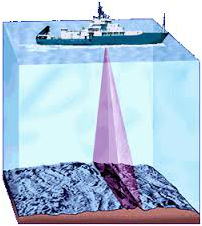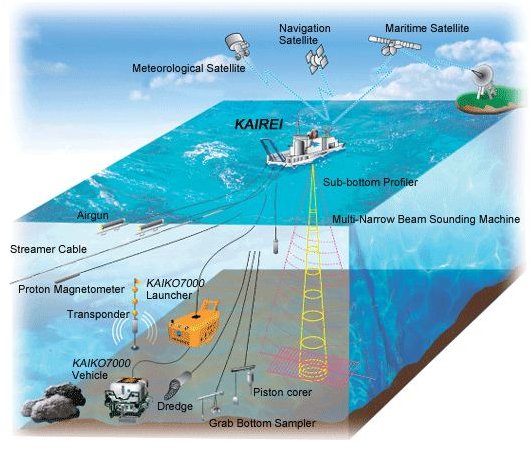The first modern breakthrough in sea floor mapping came with the use of underwater sound projectors called sonar which was first used in world war i.
Mapping sea floor energy consumption.
The technique first used by german scientists in the early 20th century uses sound waves bounced off the ocean bottom.
By the 1920s the coast and geodetic survey an ancestor of the national oceanic and atmospheric administration s national ocean service was using sonar to map deep water.
In fact the sea floor mapping in view in this article covers the gulf of mexico.
By the 1920s the coast and geodetic survey the precursor to noaa s ocean service was using sonar to map deep water areas.
Flood vulnerability assessment map interactive map that includes flood hazard information from fema as well as energy infrastructure layers.
Petroleum prices supply and demand information from the energy information administration eia official energy statistics from the u s.
Collecting and managing seafloor data.
The first modern breakthrough in seafloor mapping came with the use of underwater sound projectors called sonar which was first used during world war i.
Find local businesses view maps and get driving directions in google maps.
Each day we are surrounded with and use many fantastic technologies.
Using the latest sonar technology both in mobile units and on board rv investigator we can map any part of the ocean floor to any depth measure bodies in the water column and look at the composition of sub seafloor sediments the data we collect is processed and managed by our geophysical survey and mapping team who make it available for.
Numerous energy efficient.
While not always obvious these technologies require energy to operate.
Climate zones for 2003 commercial buildings energy consumption survey cbecs state energy profile maps map details and data.
This energy use can add up in terms of monthly power bills as well as the natural resources required to produce that power off site.
A history of seafloor mapping.
A 2012 study that made use of the seafloor mapping and sampling capabilities of underwater vehicles revealed that the san diego trough fault zone has slipped about 1 5 millimeters per year on average over the last 12 700 years and that the fault zone extends 60 kilometers farther north than previously thought.
Indeed this may well include methane hydrate resource patterns and history.
This article shows the use of high resolution of sea floor mapping.










